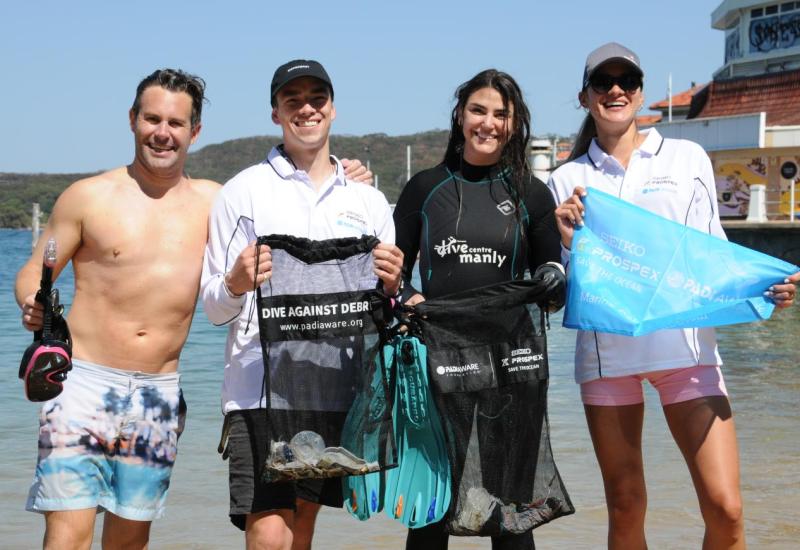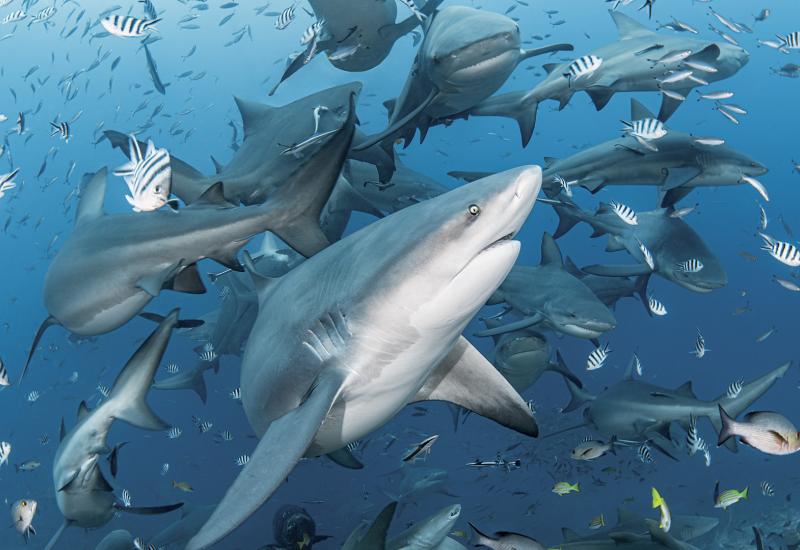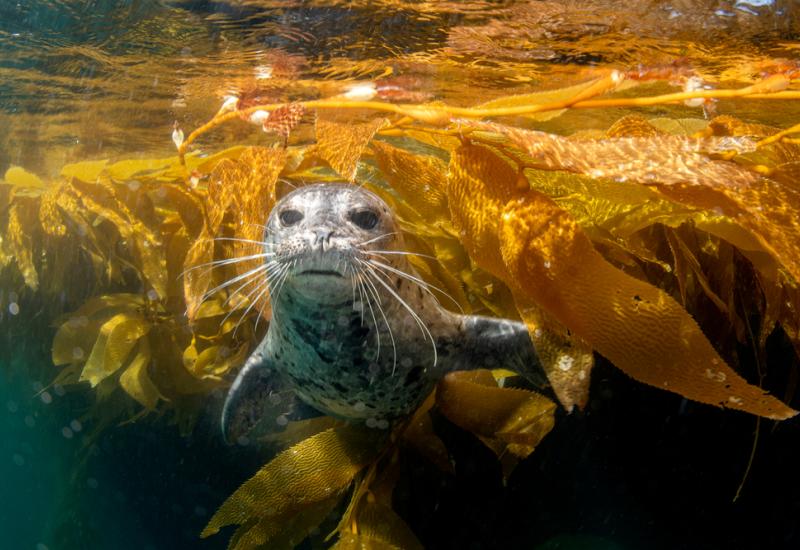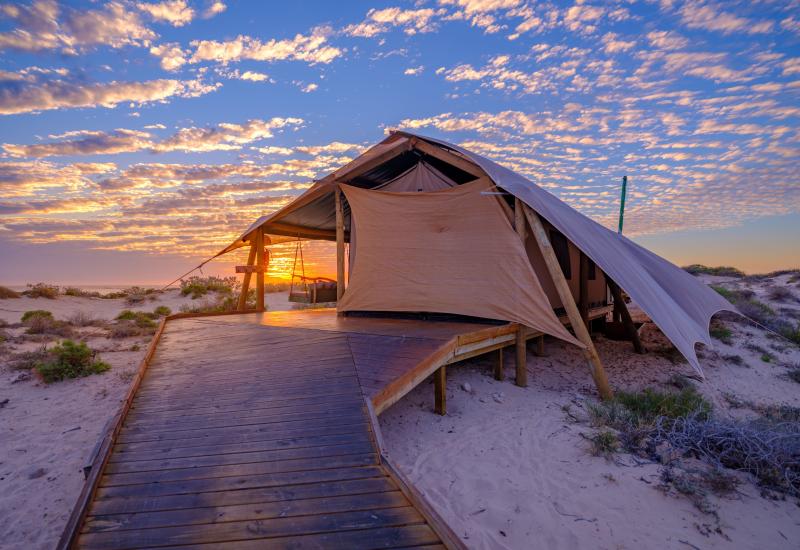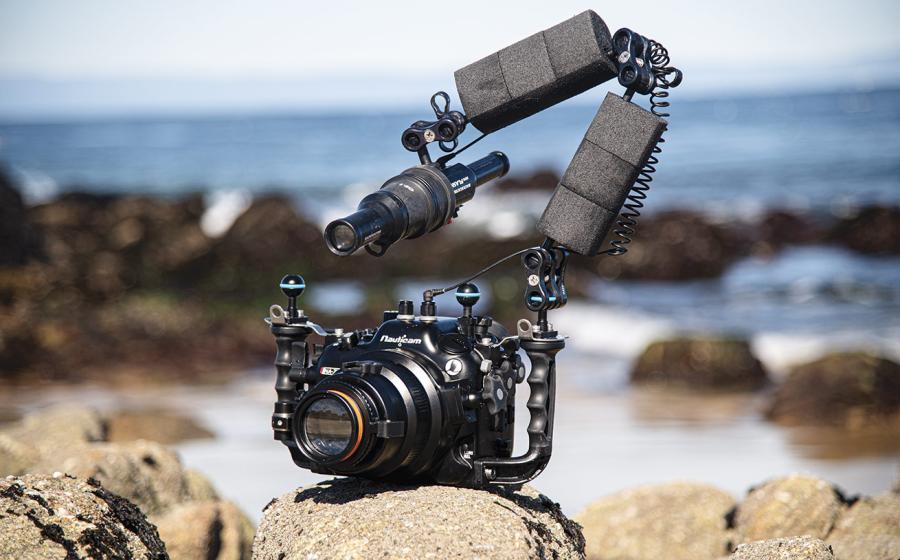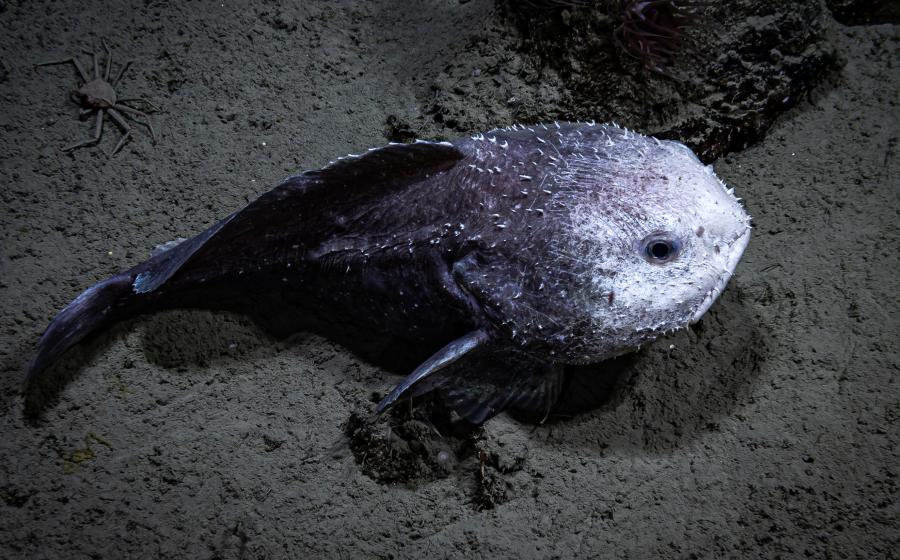Australia
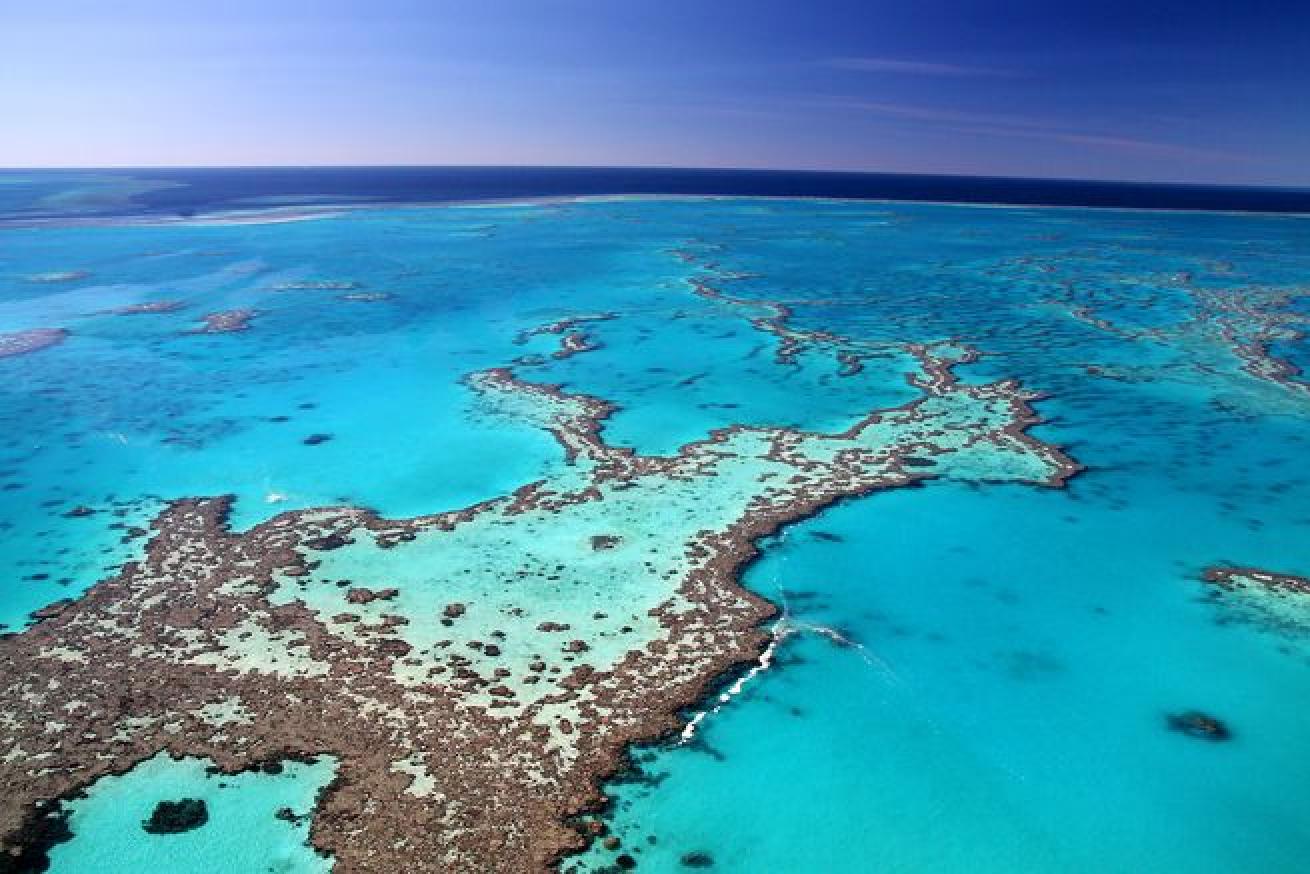
Put yourself in this tantalizing equation: One diver into 2,900 different reefs, in 133,400 square miles of ocean, with 900 islands to explore and 1,500 fish species to encounter. It happens only on Australia's Great Barrier Reef, or as the locals simply call it, the "GBR."
Then, wrap your head around this construction project: The GBR is the grandest structure made by any living things — in this case, billions of microscopic coral polyps. It's a common misperception that this slice of blue heaven is over-dived. The Australian government, which oversees the Great Barrier Reef Marine Park, protects most of the treasured waters, so everyone can dive in.
So how do you dive the GBR? Not in a two-tanker, not from the shore and definitely not by schlepping your gear every day for a week onto day boats. Instead, take a week or two on a live-aboard out of Cairns and cruise the reefs, or pick an island resort or two, such as one on the Whitsunday Islands, far from shore.
While Cairns has about 20 reefs within a couple hours' boat ride, you can't get as far as Ribbon Reefs, which boasts must-dive spots like Cod Hole, with its giant potato cod encounters, or Steve's Bommie, near Lizard Island, where you can join the thick fish traffic, or watch for lionfish or nudibranchs, in a day. If you're craving the adventure of being even farther from shore, book a live-aboard trip to the Coral Sea, for its wall diving and shark feeding at Osprey Reef, or to the Far Northern region of the GBR, where green turtles are plentiful. And if you're all about the big animal encounters, you'll definitely want to head to Ribbon Reefs in June and July when curious dwarf minke whales migrate there from Antarctica and converge around dive boats and divers alike.
Even if you're an old salt returning to the GBR and think you've dived it all, think again. Consider lesser known, rarely dived sites like fan-laden Vertical Gardens in Ribbon Reefs and Raine Island in the Far North, with its ongoing tiger shark research project, scores of green turtles and schools of hammerheads and barracuda. The Acropolis wreck wasn't even dived until late last year, and it's pristine and teeming with fish life.
Before or after your GBR dive adventure, give yourself a few days on land in Cairns or Port Douglas. If you want to be social, lively Cairns, with its restaurants, shops, pubs and live music clubs is where the party is, but if you're looking for the get-away-from-it-all vibe, laid-back Port Douglas is your place. Use either town as a base to rent a car or book tours to hit great natural nearby attractions like Daintree National Forest — one of the world's oldest — or try whitewater rafting on the Tully River. Learn the fascinating history of indigenous Australians by visiting the award-winning Tjapukai Aboriginal Cultural Park in Smithfield, or taking a guided walk in the community of Mossman Gorge.
Weather: Seasons are reversed — December through February is summer; June through August is winter. In the tropical north of Queensland, daytime air temps vary from the 80s in winter to the 90s in summer.
Average Water Temp: Expect water temps in the mid-80s in summer throughout the central and northern Great Barrier Reef, but surprisingly cool mid-70s in winter.
Average Visibility: Water clarity inside the Great Barrier Reef is affected by tides and surge and averages 40 to 60 feet, with an occasional high of 100 feet. Outside the reef, visibility averages a reliable 50 to 100 feet and often soars to more than 200 feet out in the Coral Sea.
Entry Documents: A passport and visa are required.

